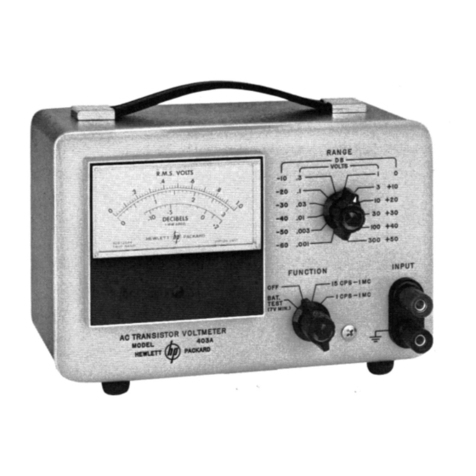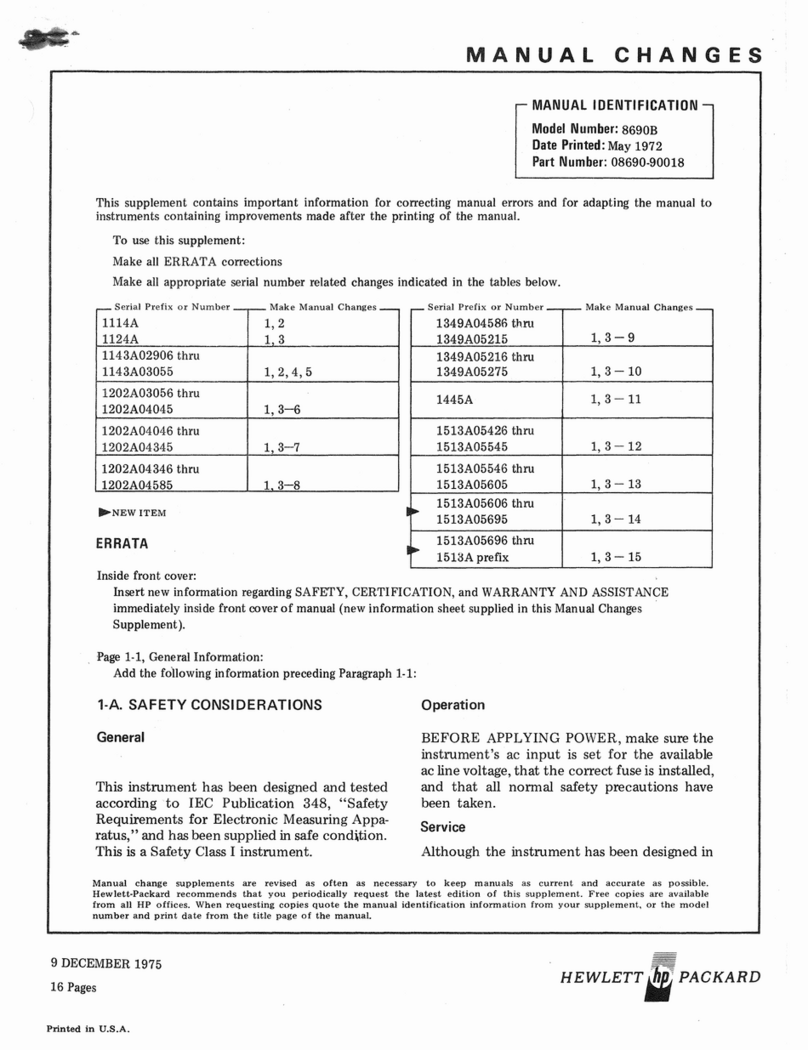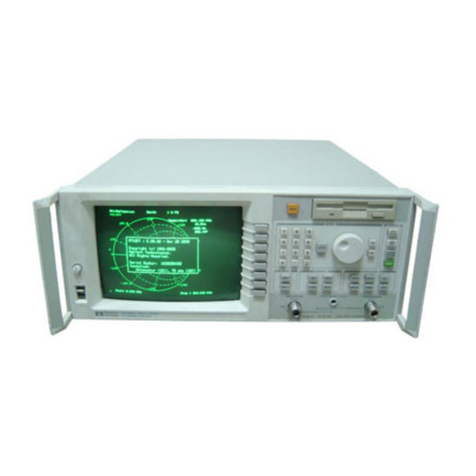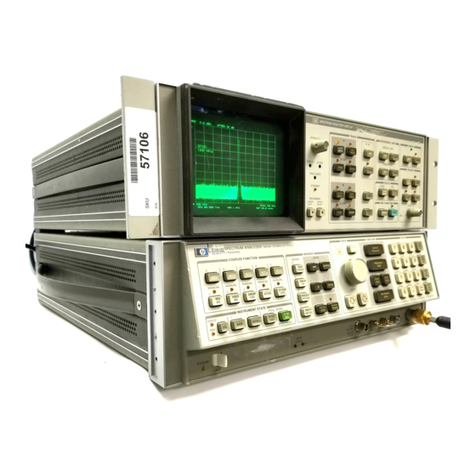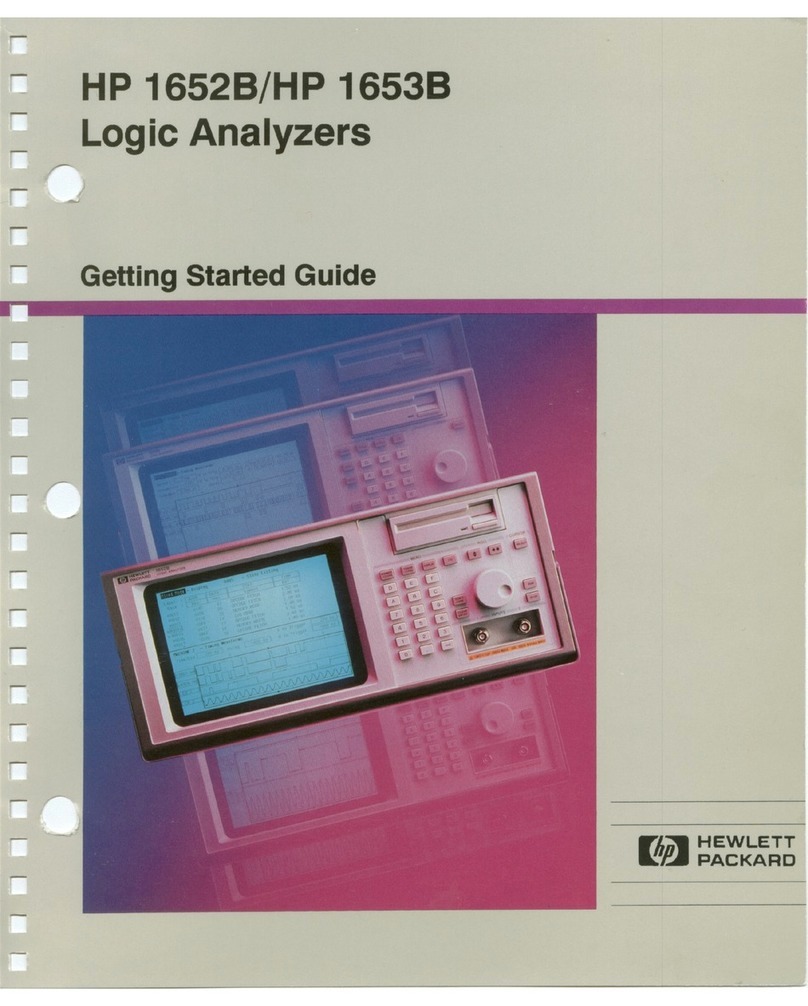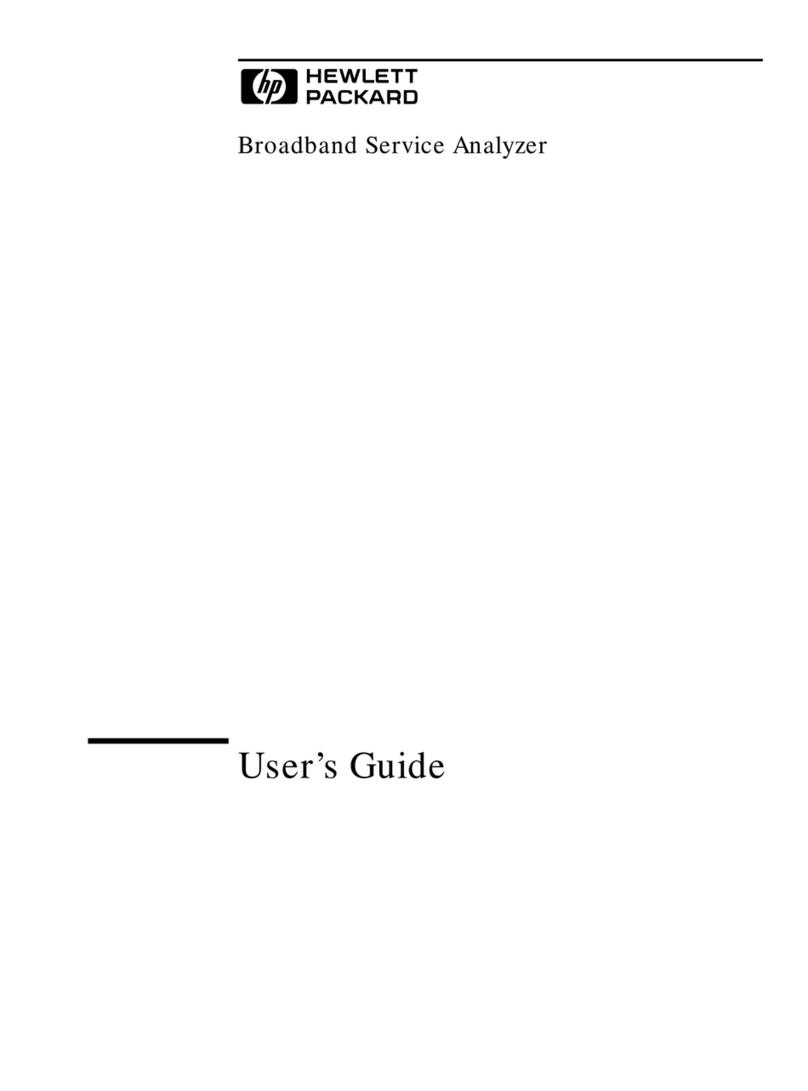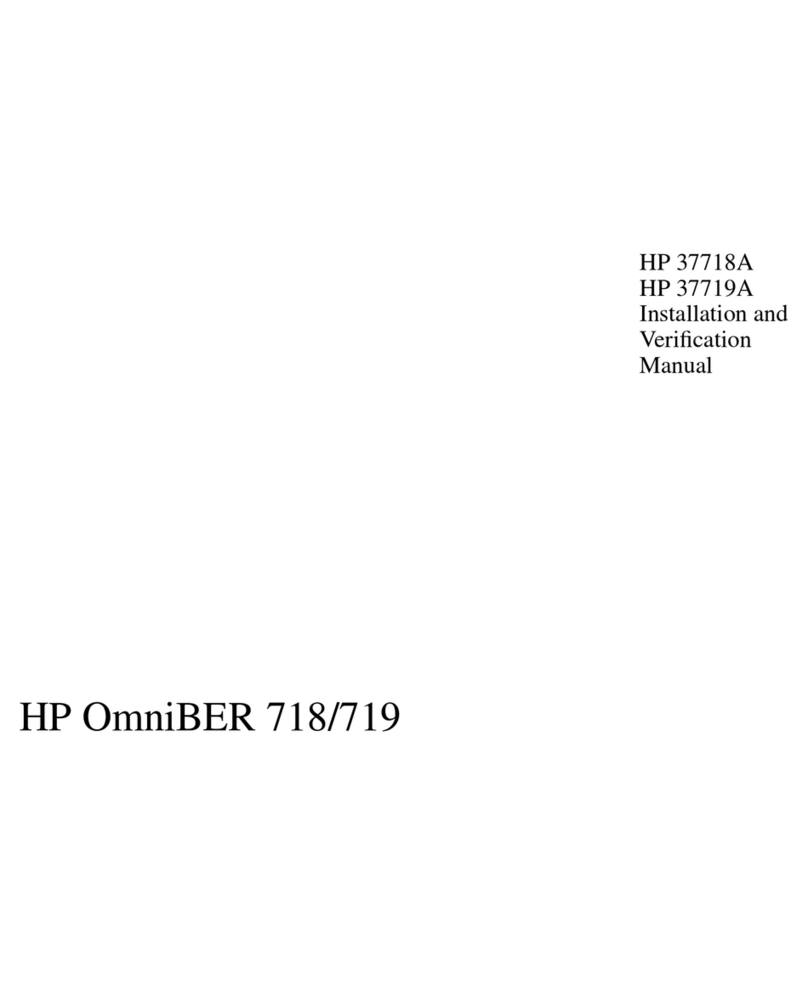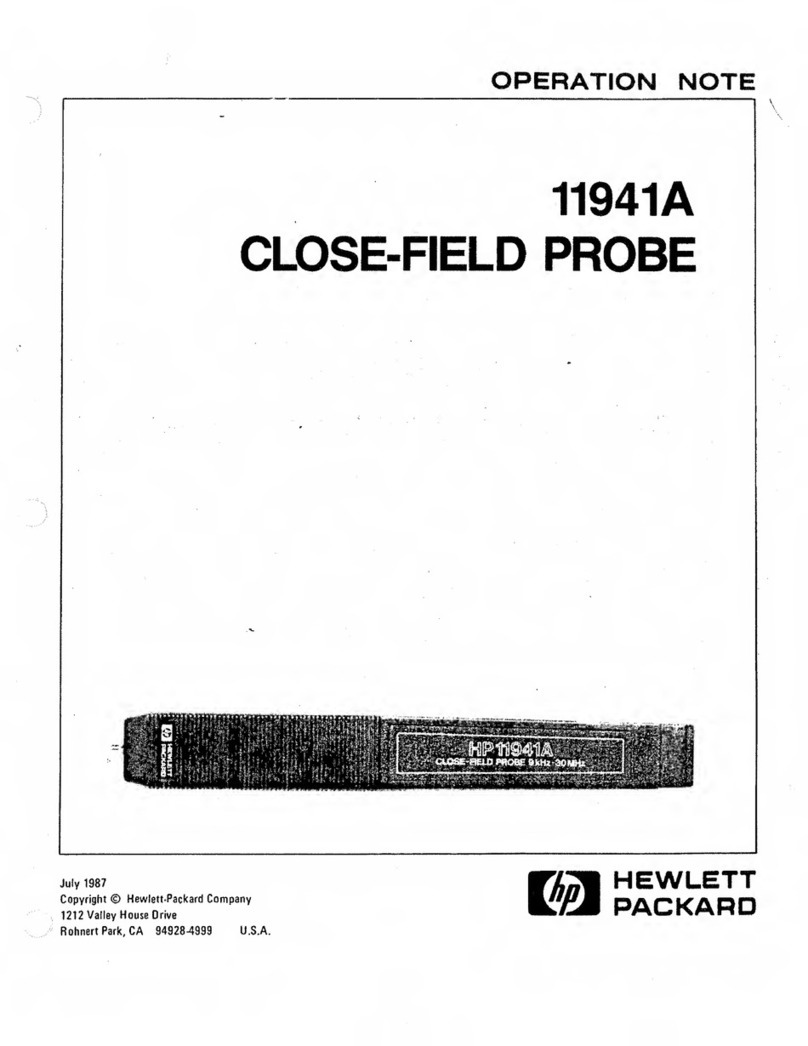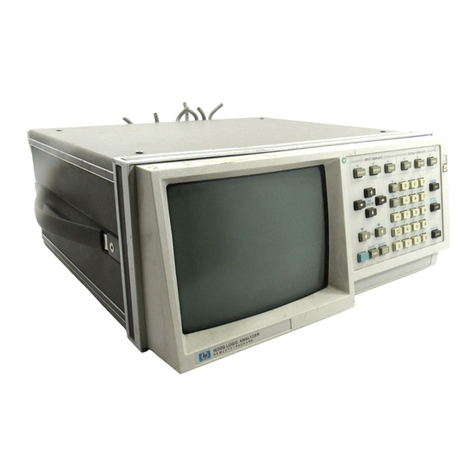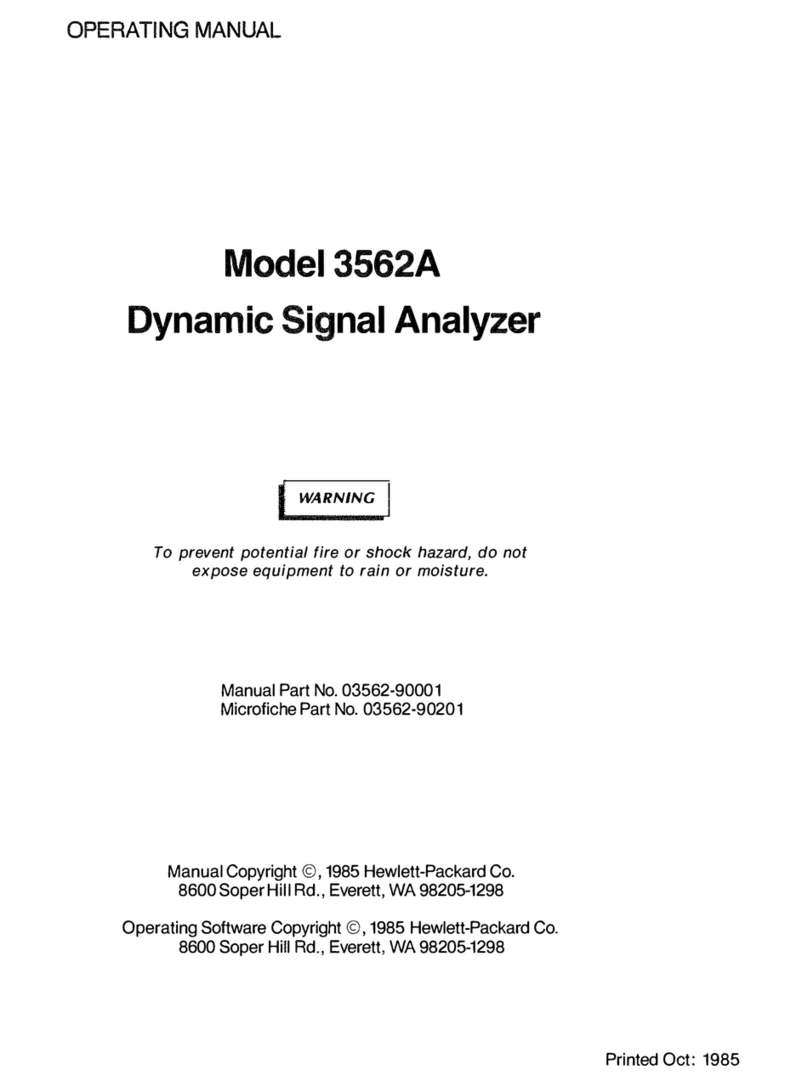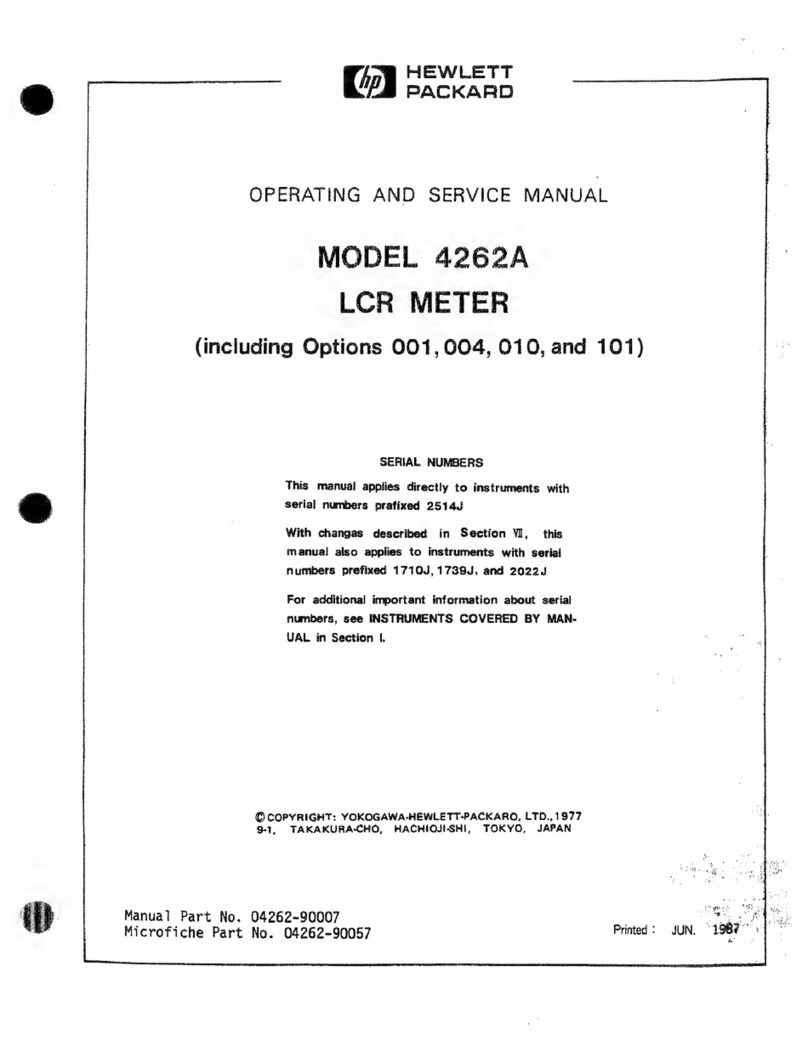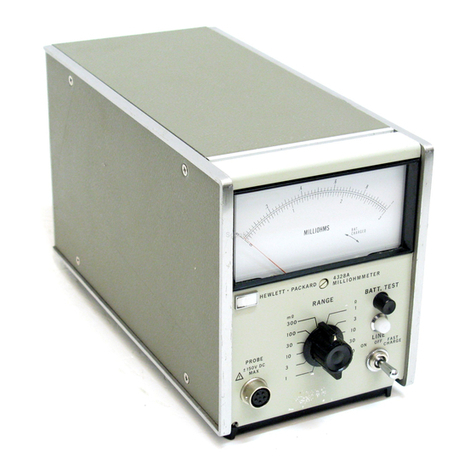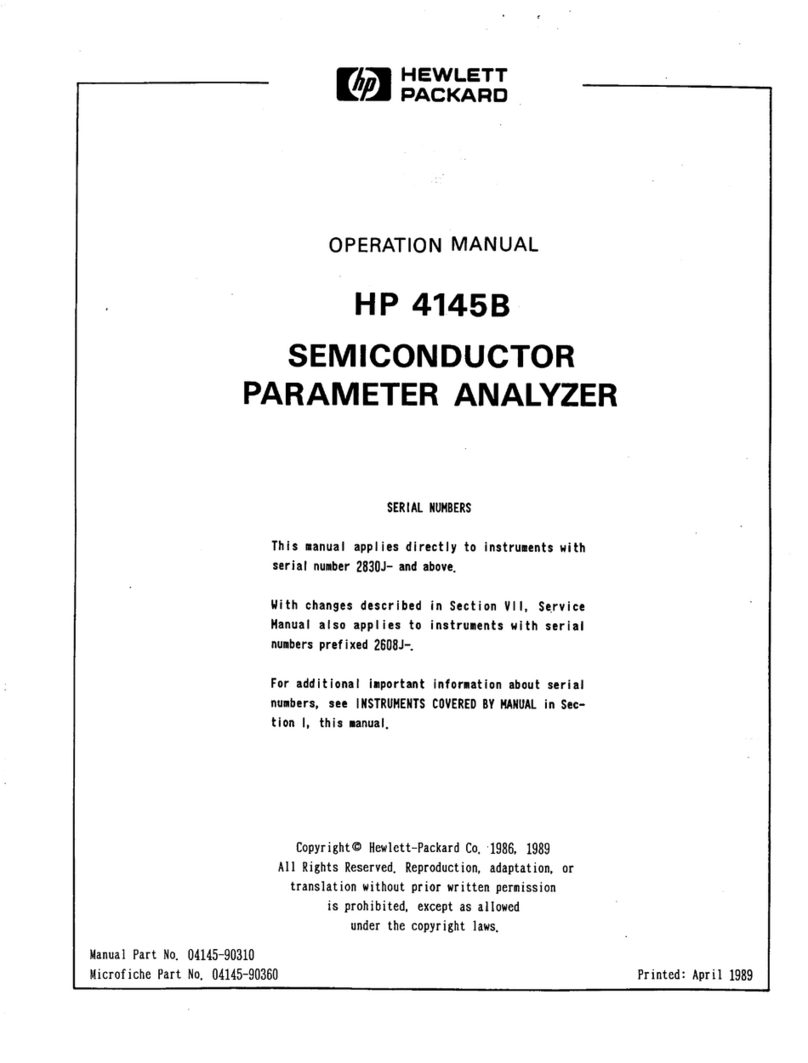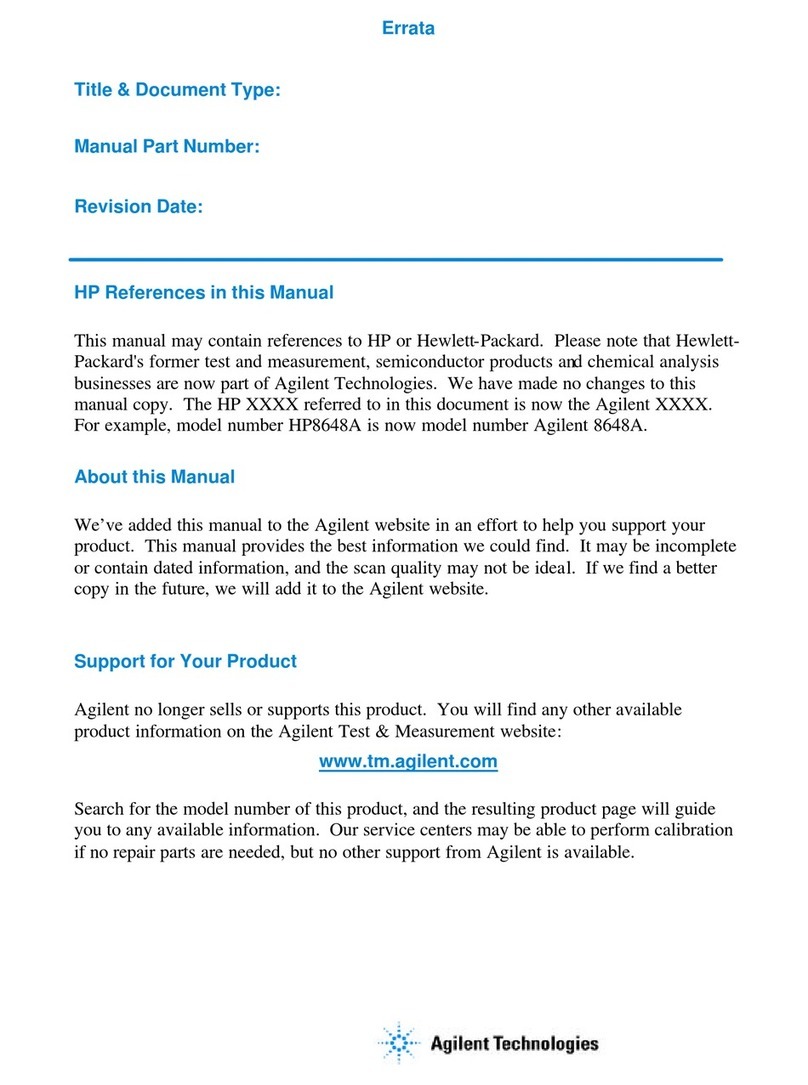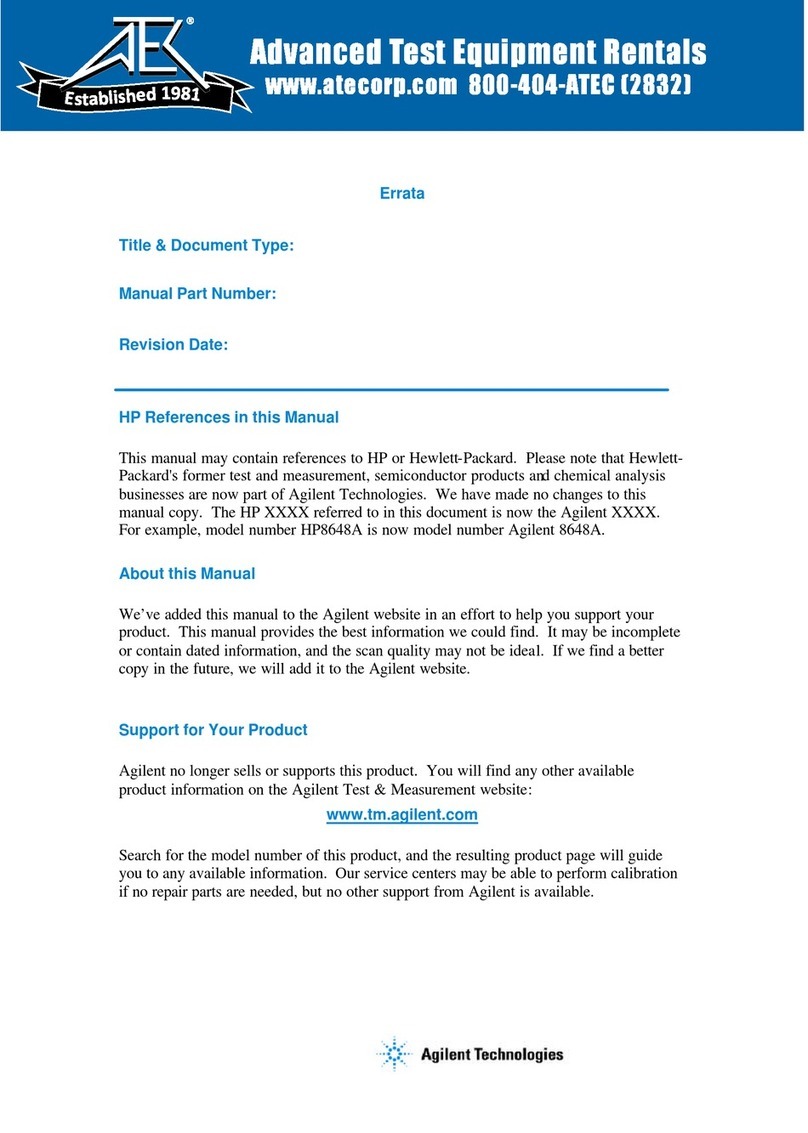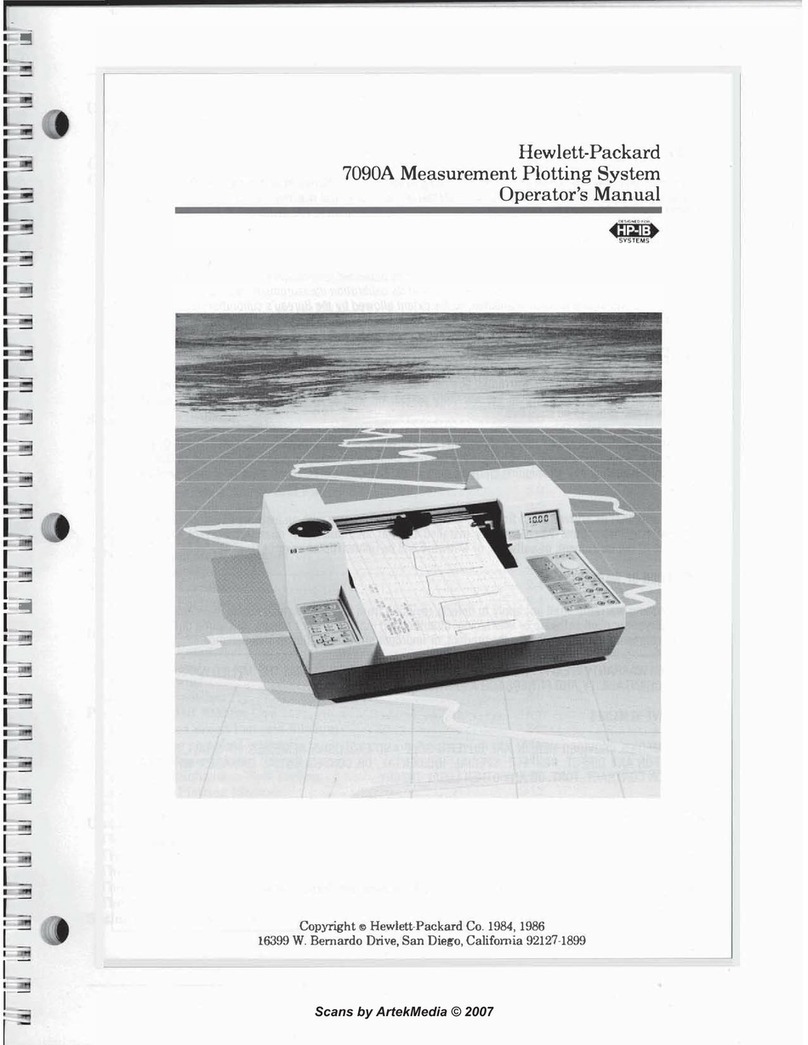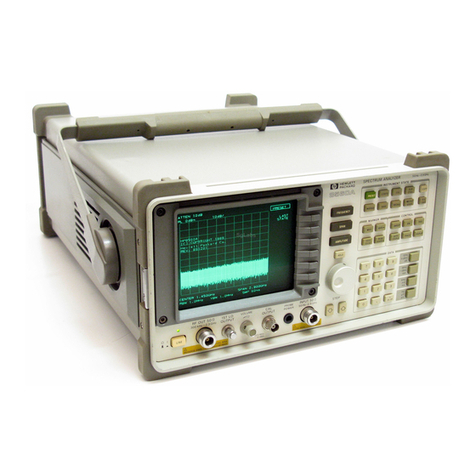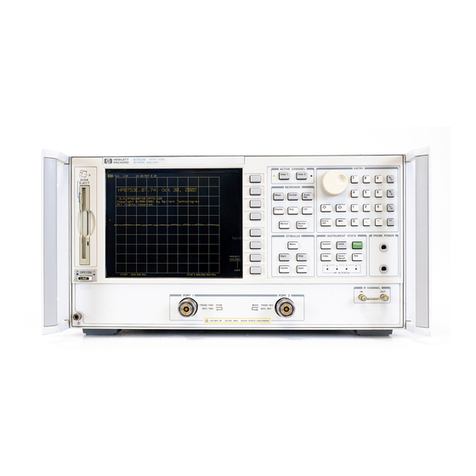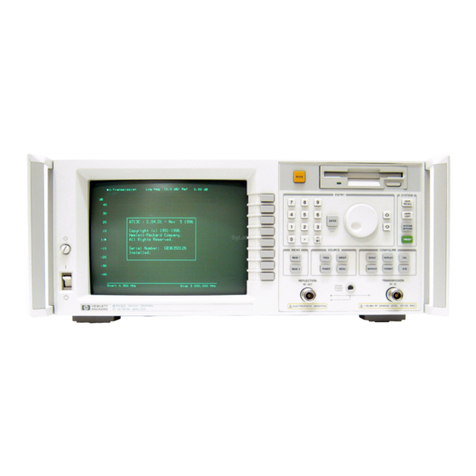
Hewlett-Packard Company 7.CD.NL.A.03.11.97.R1.J.CW2F
Santa Clara Division
5301 Stevens Creek Boulevard
Santa Clara, California 95052-8059
Copyright Hewlett-Packard
Company 1998
All Rights Reserved.
Reproduction, adaptation, or
translations without prior
written permission is
prohibited, except as allowed
under the copyright laws.
Printed: April 1998
Printed in USA
Manual part number
E1725-90012
Certification
and Warranty
Certification
Hewlett-Packard Company
certifies that this product met
its published specification at the
time of shipment from the
factory. Hewlett-Packard
further certifies that its
calibration measurements are
traceable to the United States
National Institute of Standards
and Technology (formerly
National Bureau of Standards),
to the extent allowed by the
Institute’s calibration facility,
and to the calibration facilities
of other International
Standards Organization
members.
Warranty
HP warrants HP hardware,
accessories and supplies against
defects in materials and
workmanship for a period of one
year from date of shipment. If
HP receives notice of such
defects during the warranty
period, HP will, at its option,
either repair or replace products
which prove to be defective.
Replacement products may be
either new or like-new.
HP warrants that HP software
will not fail to execute its
programming instructions, for
the period specified above, due
to defects in material and
workmanship when properly
installed and used. If HP
receives notice of such defects
during the warranty period, HP
will replace software media
which does not execute its
programming instructions due
to such defects.
For detailed warranty
information, see back matter.
Safety Considerations
General
This product and related
documentation must be
reviewed for familiarization
with this safety markings and
instructions before operation.
This product is a safety Class I
instrument (provided with a
protective earth terminal).
Before Applying Power
Verify that the product is set to
match the available line voltage
and the correct fuse is installed.
Refer to instructions in Chapter
1 of the Manual.
Before Cleaning
Disconnect the product from
operating power before
cleaning.
Safety Earth Ground
An uninterruptible safety earth
ground must be provided from
the mains power source to the
product input wiring terminals
or supplied power cable.
Warning Symbols That May
Be Used In This Book
Instruction manual symbol; the
product will be marked with
this symbol when it is necessary
for the user to refer to the
instruction manual.
Indicates hazardous voltages.
Safety Considerations
(contd)
Indicates earth (ground)
terminal.
or
Indicates terminal is connected
to chassis when such connection
is not apparent.
Indicates Alternating
current.
Indicates Direct current.
WARNING
BODILY INJURY OR DEATH
MAY RESULT FROM
FAILURE TO HEED A
WARNING. DO NOT
PROCEED BEYOND A
WARNING SIGN UNTIL THE
INDICATED CONDITIONS
ARE FULLY UNDERSTOOD
AND MET.
CAUTION
Damage to equipment, or
incorrect measurement data,
may result from failure to
heed a caution. Do not
proceed beyond a CAUTION
sign until the indicated
conditions are fully
understood and met.
For additional safety and
acoustic noise information, see
back matter.

